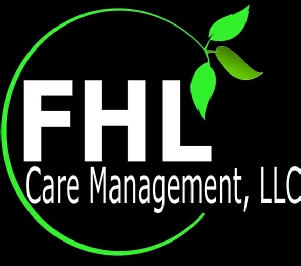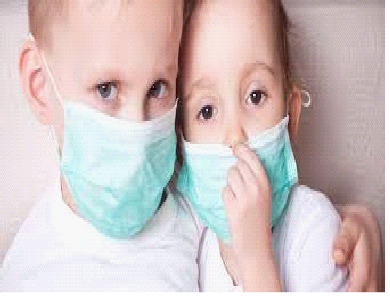THOUGHTS ABOUT WEARING A MASK FOR YOUR PROTECTION AND OTHERS
Should I wear a mask? Yes, if you have a respiratory illness, the best way to minimize transmission is to avoid other people. The same applies if you want to avoid contracting a virus.
There are steps you can take to reduce risk of transmitting the virus, or coming into contact with it, the World Health Organization (WHO) recommends the following:
Practice good hand hygiene by washing your hands frequently with soap and water for at least 20 seconds at a time.
Use hand sanitizer that contains at least 60% Isopropyl alcohol if you don’t have access to soap and water.
Avoid touching your face, mouth, and eyes.
Keep a safe distance from others. The Center for Decease Control (CDC) recommends at least 6 feet.
Avoid public places until you recover fully.
Stay home and rest.
Masks may protect against larger airborne particles. Putting on and taking off these face masks correctly may help protect you and the health of those around you from transmitting or contracting pathogens. Although face masks may help reduce the spread of some disease-
Steps to putting on a face mask
1. Before putting on the mask, wash your hands for at least 20 seconds with soap and water, or rub your hands together thoroughly with alcohol-
2. Check for defects in the face mask, such as tears or broken loops.
3. Position the colored side of the mask outward.
4. If present, make sure the metallic strip is at the top of the mask and positioned against the bridge of your nose.
5. If the mask has:
o Ear loops: Hold the mask by both ear loops and place one loop over each ear.
o Ties: Hold the mask by the upper strings. Tie the upper strings in a secure bow near the crown of your head. Tie the bottom strings securely in a bow near the nape of your neck.
o Dual elastic bands: Pull the top band over your head and position it against the crown of your head. Pull the bottom band over your head and position it against the nape of your neck.
6. Mold the bendable metallic upper strip to the shape of your nose by pinching and pressing down on it with your fingers.
7. Pull the bottom of the mask over your mouth and chin.
8. Be sure the mask fits snugly.
9. Don’t touch the mask once in position.
10. If the mask gets soiled or damp, replace it with a new one.
What not to do when wearing a surgical mask
Once the mask is positioned securely, there are certain precautions to keep in mind to ensure you don’t transfer pathogens to your face or hands.
Do not:
touch the mask once it’s secured on your face, as it might have pathogens on it
dangle the mask from one ear
hang the mask around your neck
crisscross the ties
reuse single-
let your nose peak outside of the mask (Pathogens can enter your body through your nose and mouth)
If you have to touch the face mask while you’re wearing it, wash your hands first. Be sure to also wash your hands afterward, or use hand sanitizer.
Examples of correct and incorrect mask placement.
Remember we are all in this together. FHL Care Management is here to help. FHLCareManagement.Com
EXCEPTIONAL CARE MANAGEMENT FOR EVERY CLIENT, EVERY TIME!
 Return to home page
Return to home page
FHL Care Management, LLC
Office 407.545.4430 CELL 407.432.3876
dreynolds@FHLCareManagement.com
